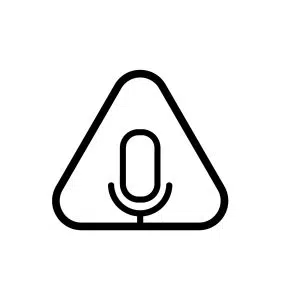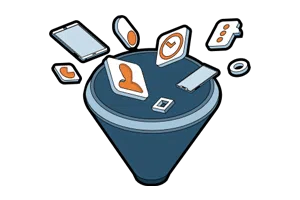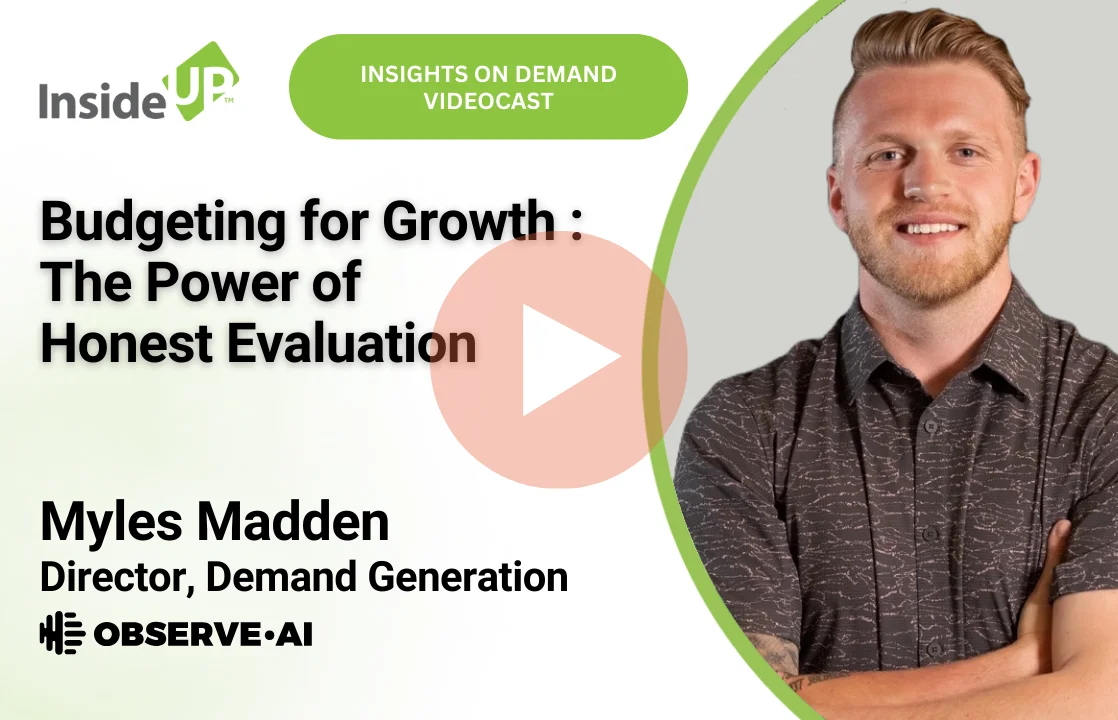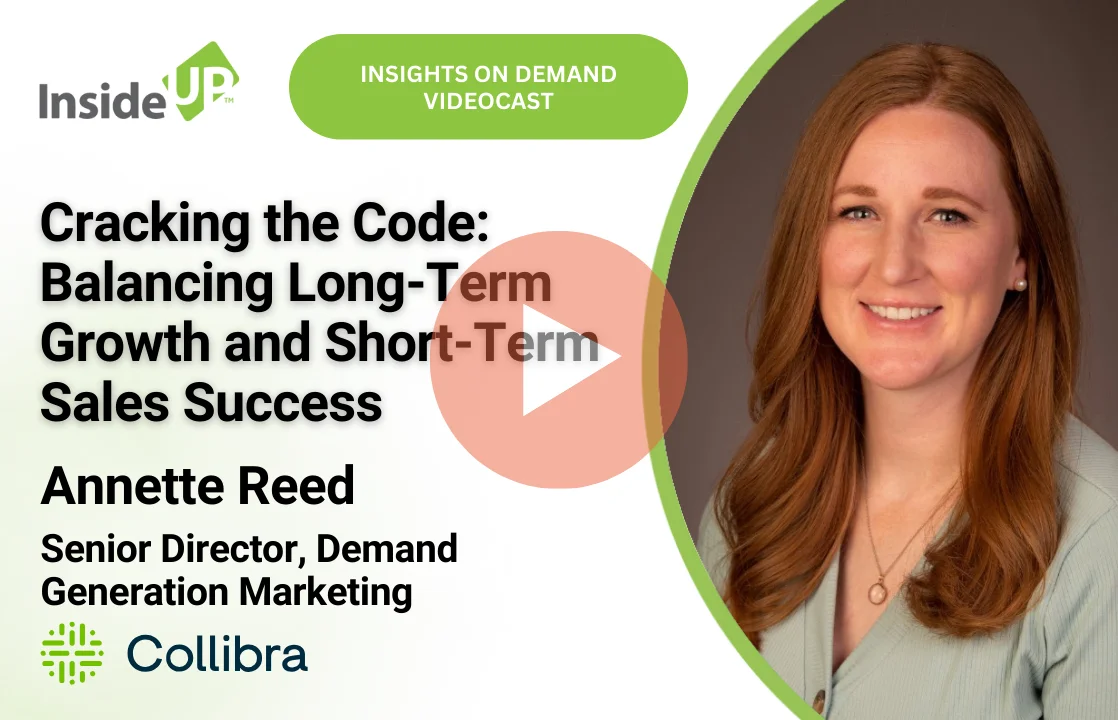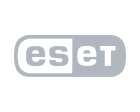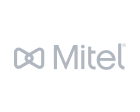
Have an unpopular opinion? If you spend any time on social media, you’ve probably come across that question and been invited to share a like, dislike, or opinion that runs contrary to that of most people. Well, here’s one of mine. Outbound marketing rocks.
I recently joined in the conversation that ensued in the comments on a LinkedIn post extolling the undeniable virtues of inbound marketing. Many of the commenters agreed that inbound marketing is the way to go because no one wants to be sold to and people are tired of sales messaging.
I couldn’t resist jumping in and saying that, rather than discard outbound marketing as no longer effective, a good balance will produce the best results. Granted, solely relying on outbound marketing is expensive, and may frustrate prospects who are not ready to engage.
However, while inbound marketing can generate leads at a lower cost than outbound marketing, it may not always provide the quantity or quality of leads that a business needs to achieve its growth goals. It can also be time-consuming and difficult to measure the ROI (return on investment) of your inbound marketing efforts.
The key is to find a balance between inbound and outbound marketing with a combined strategy that drives immediate pipeline contribution while setting the stage for higher volumes of qualified inbound leads in the future.
Lead qualification and segmentation are essential to maximize the effectiveness of inbound marketing. By identifying and targeting the most promising prospects, businesses can avoid wasting time and resources on unqualified leads and improve their conversion rates.
Having an active lead scoring program can help your sales team focus on the leads that matter, are motivated to learn more, and are most likely to become long-term customers. The most successful B2B marketing programs balance both tactics and regularly evaluate their efforts based on measurable results and pipeline contribution.
Outbound marketing is actually a very powerful approach that allows companies to utilize their budgets to drive more conversions and an increase in ROI. Here are a few advantages to consider:
- Direct Approach: Outbound marketing allows you to directly reach out to your target audience with a specific message. This direct approach can be useful in creating awareness and generating leads quickly.
- Targeted Audience: With outbound marketing, you can target specific demographics, geographic locations, and industries, allowing you to reach the right audience with the right message.
- Immediate Results: Outbound marketing can provide immediate results compared to inbound marketing, which can take time to generate leads. This can be beneficial for businesses looking to drive immediate sales or generate leads for a specific campaign.
- Flexibility: Outbound marketing offers a wide range of tactics and channels to reach your audience, such as telemarketing, direct mail, and email marketing. This flexibility allows you to choose the right channels and tactics that work best for your business and audience.
- Measurable Results: Outbound marketing is easy to track and measure, providing valuable insights into the success of your campaigns. This information can be used to fine-tune your approach and make informed decisions about future campaigns.
To be successful with outbound, marketers need to get their foot in the door and earn the right to a conversation. One way to do this is to use a warm referral approach, referencing a common acquaintance or a strategic partner, as an introduction.
In terms of handling InsideUp leads, for instance, Richie Narain, former BDR manager at Vonage, suggests taking an outbound approach. For Vonage, this involved utilizing the relationship InsideUp had already established as a way to get in the door. Notes from a prospect’s conversation with InsideUp can be used to create probing questions for the outbound rep, allowing for a natural flow of conversation wherein the potential client feels comfortable to open up about their needs.
“This is…the sweet spot for an outbound rep,” said Richie, “because you have an intro, you have a right persona, title, and at a company that’s of a size that you would be selling to. This approach allows reps to create a more personalized experience for the potential client, leading to a stronger relationship and ultimately, more conversions.”
Overall, while inbound marketing can be a valuable tool for generating leads and building brand awareness, it should be used in conjunction with other marketing tactics and supported by effective lead qualification and segmentation strategies to maximize its impact.
And, while inbound marketing can be an effective way to attract leads over time, outbound marketing offers a direct approach, the ability to target specific audiences, immediate results, flexibility, and measurable results. A balanced approach that incorporates both inbound and outbound marketing can provide the best results for your business.







